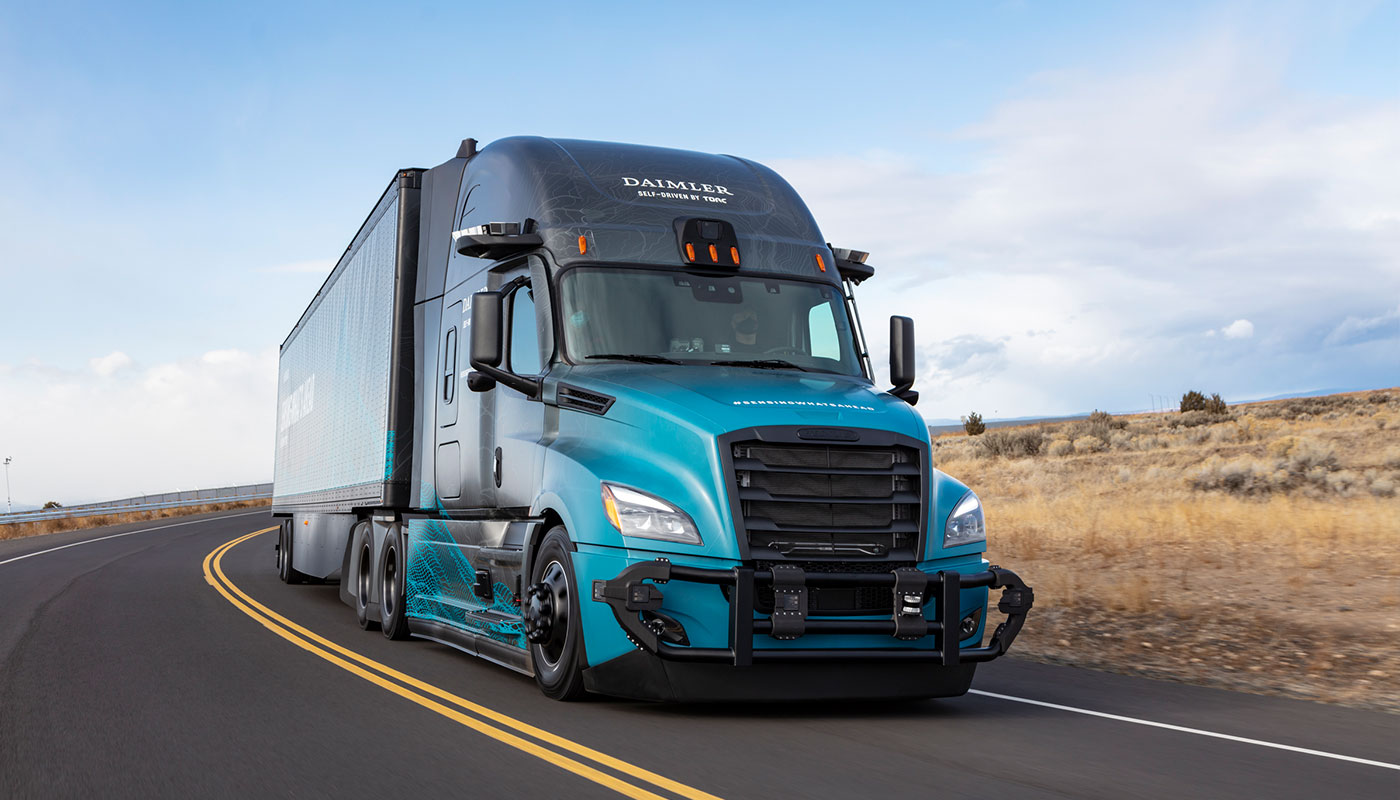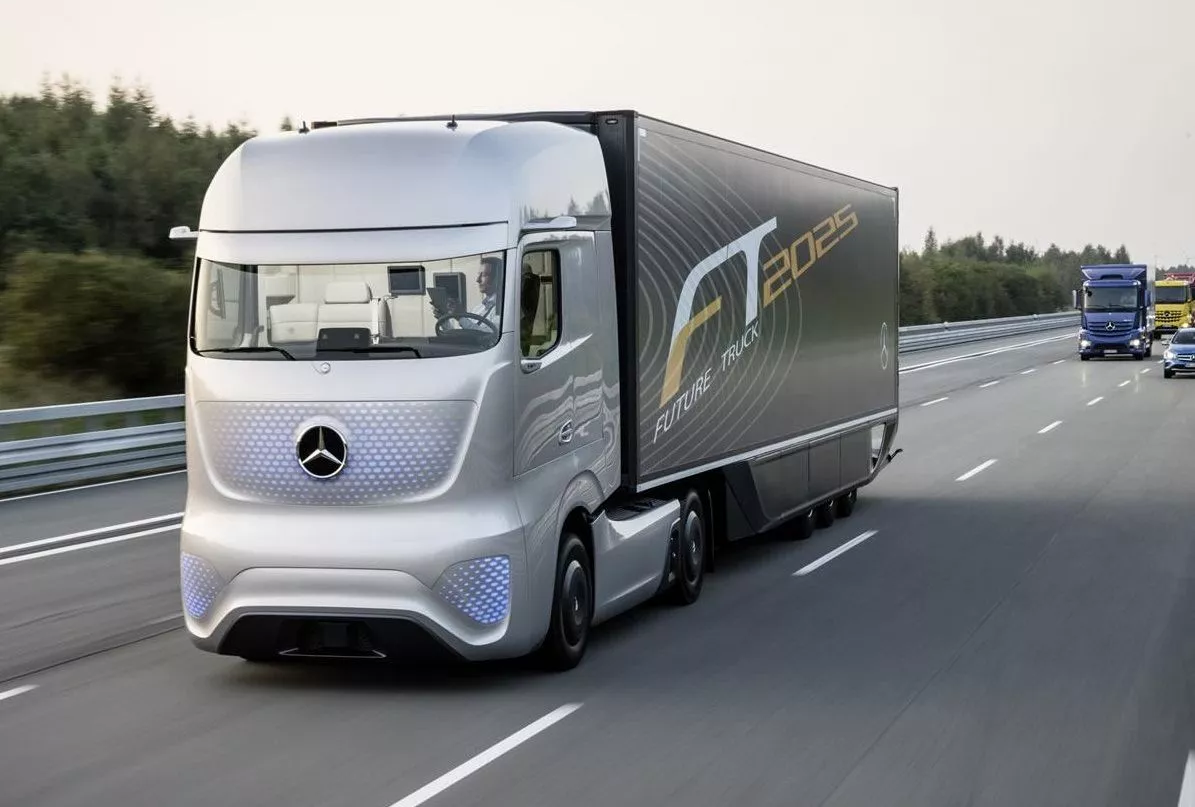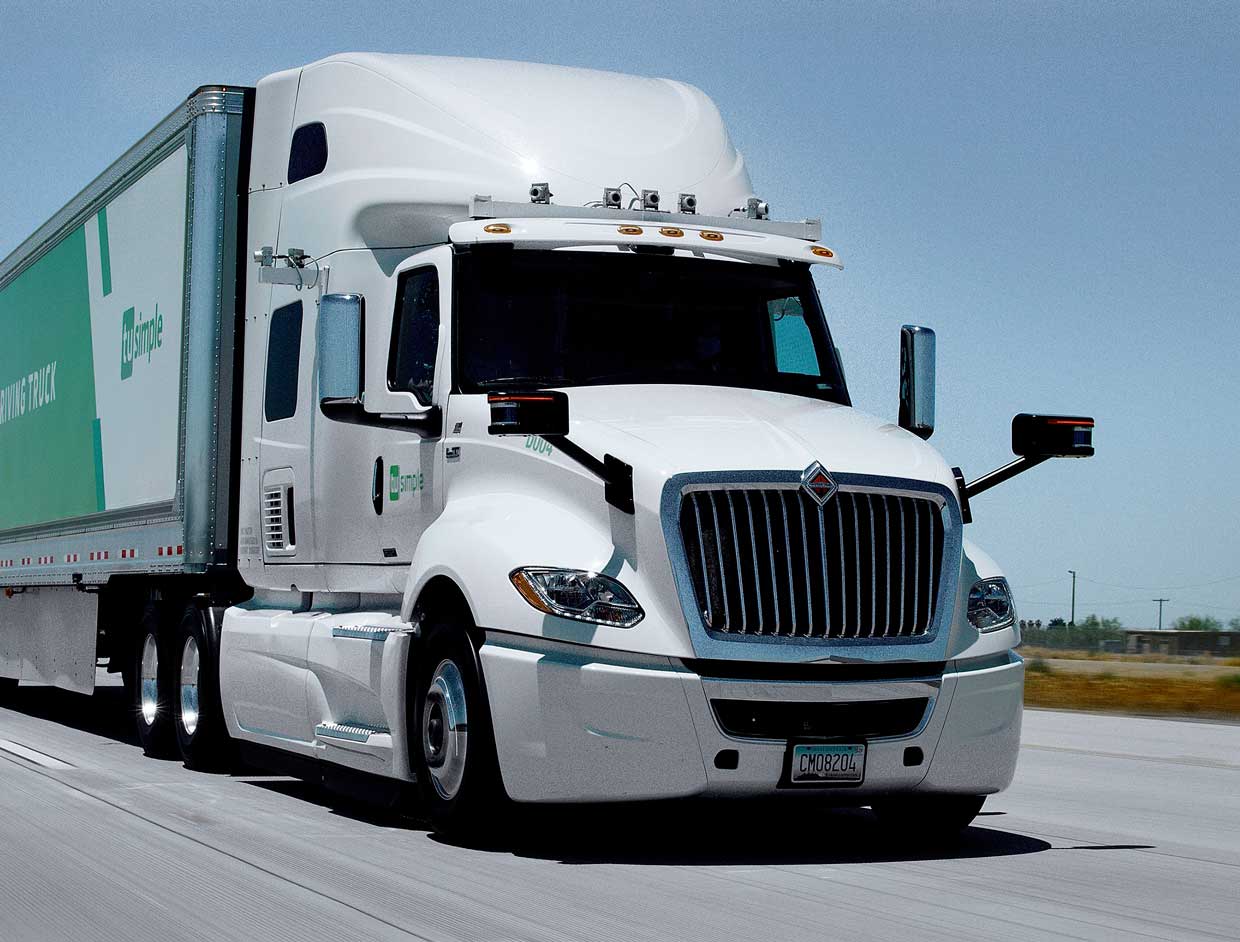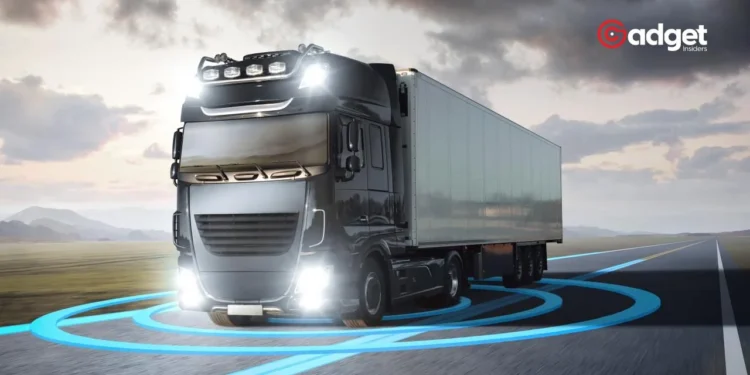Imagine an 80,000-pound, fully-loaded Driverless Trucks cruising down the highway—without a human at the wheel. This isn’t a scene from a futuristic movie; it’s about to become a reality on U.S. roads. In Pittsburgh, along the Monongahela River, a self-driving 18-wheel tractor-trailer is already making strides, navigating around obstacles like trash cans and tires with no one on board.
Owned by Aurora Innovation Inc., this truck is a harbinger of a major shift in how goods are transported across the country.

Later this year, Aurora plans to deploy 20 of these autonomous driverless trucks to haul freight along Interstate 45 between Dallas and Houston. With an impressive suite of 25 laser, radar, and camera sensors, these vehicles are designed to optimize the flow of goods by operating nearly non-stop, reducing delivery times significantly.
Driverless Trucks: Safety and Innovation on the Road
Despite the efficiency gains, the advent of driverless trucks has not been met without skepticism. A recent AAA poll indicates that 66% of Americans would be apprehensive about riding in an autonomous vehicle.
However, Chris Urmson, CEO of Aurora, assures that safety is a top priority. “We want to be out there with thousands or tens of thousands of trucks on the road,” Urmson stated. “And to do that, we have to be safe. It’s the only way that the public will accept it. Frankly, it’s the only way our customers will accept it.”
Aurora is not alone in its ambitions. Within the next three to four years, the company and its competitors aim to put thousands of driverless trucks on America’s public freeways. These autonomous trucks boast advanced technology that allows them to “see” farther than human eyes, with the added benefit of never tiring or becoming distracted.
Self-driving tractor-trailers heading for U.S. roads https://t.co/O38B8Uae42
— CBS Evening News (@CBSEveningNews) April 29, 2024
Technological Triumphs and Trials
On the testing tracks, Aurora’s trucks have demonstrated their ability to avoid road hazards like pedestrians and even a horse, spotting obstacles from more than a quarter-mile away.
Although these tests are currently conducted at reduced speeds and with human safety drivers on board, they offer a glimpse into the potential of these vehicles to enhance road safety significantly.

Phil Koopman, a Carnegie Mellon University professor specializing in vehicle automation, remains cautiously optimistic. “driverless trucks can theoretically be safer,” he remarked, but also warned that “the vehicles’ computers inevitably will make errors.”
The true test will come when these trucks are fully operational on public roads, and their safety engineering will be under more intense scrutiny.
Economic Impact and Industry Resistance
As Aurora and other companies press forward, they face the dual challenge of proving the economic viability of autonomous trucks and addressing safety concerns.
Urmson recently projected that Aurora would turn a profit by late 2027 or early 2028, contingent on deploying thousands of trucks and securing per-mile charges from their customers.

However, not everyone is on board with this technological leap. At a Buc-ee’s mega convenience store along I-45, the thought of driverless trucks raised concerns among locals. “It sounds like a disaster waiting to happen,” said Kent Franz, a high school basketball coach from Chandler, Oklahoma.
Moreover, there are no federal regulations specifically covering autonomous vehicles, which puts a significant amount of trust in the companies developing these technologies. If issues arise, federal agencies can intervene with recalls or other actions, but preventative measures are still minimal.
A Future Forged by Freight
Despite these hurdles, the potential benefits of autonomous trucks are vast, particularly in addressing the current truck driver shortage, which stands at approximately 64,000. While there is anxiety over the possibility of technology replacing human jobs, Urmson believes that driverless trucks will complement, not replace, the work of human drivers.
As these autonomous behemoths prepare to roll out on a broader scale, the industry stands at a crossroads between technological innovation and traditional trucking. The roads of tomorrow may look quite different, and how we navigate these changes will define the landscape of American logistics and transportation for decades to come.










